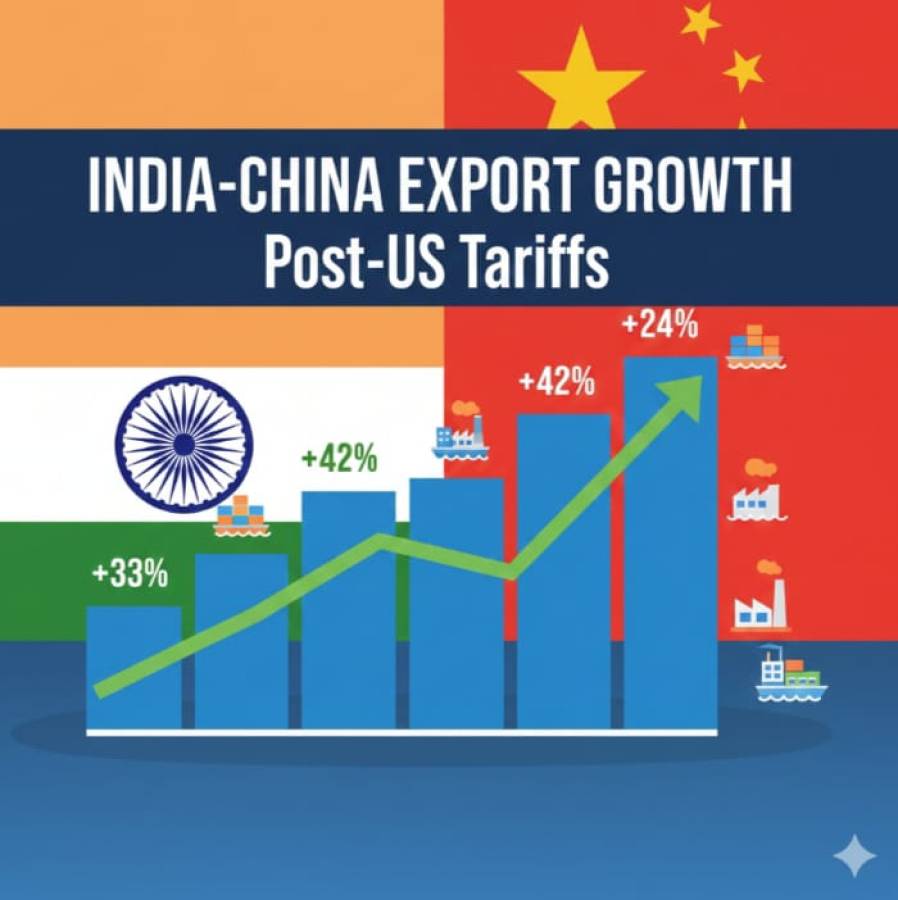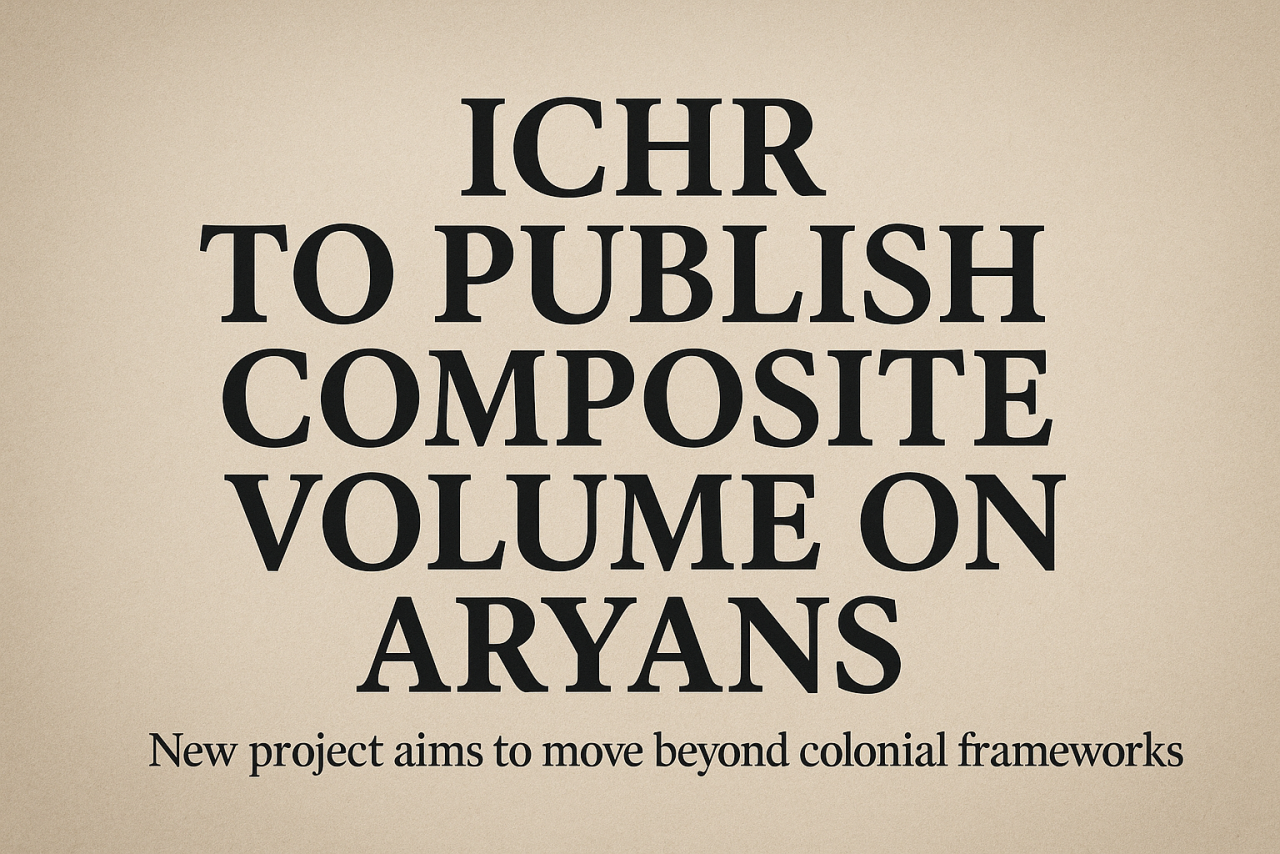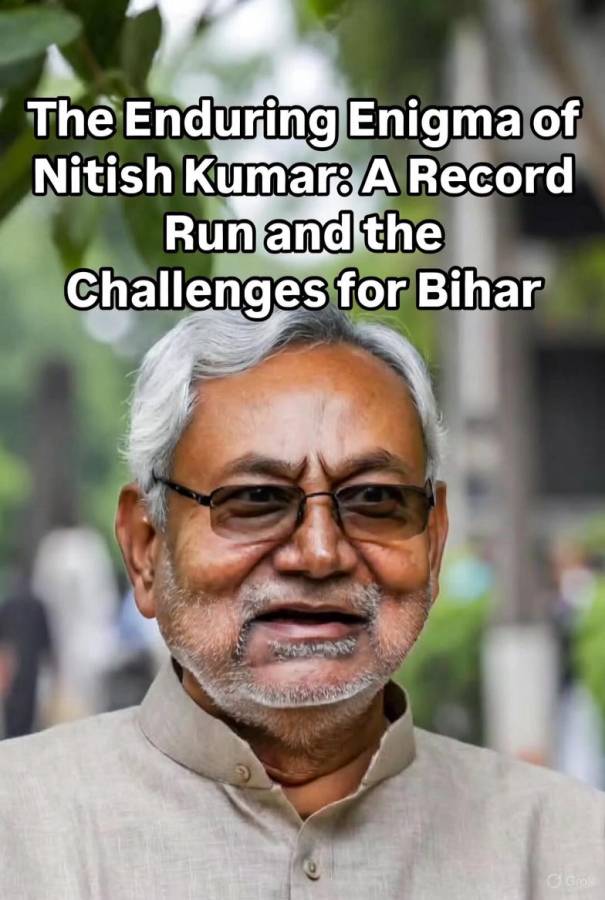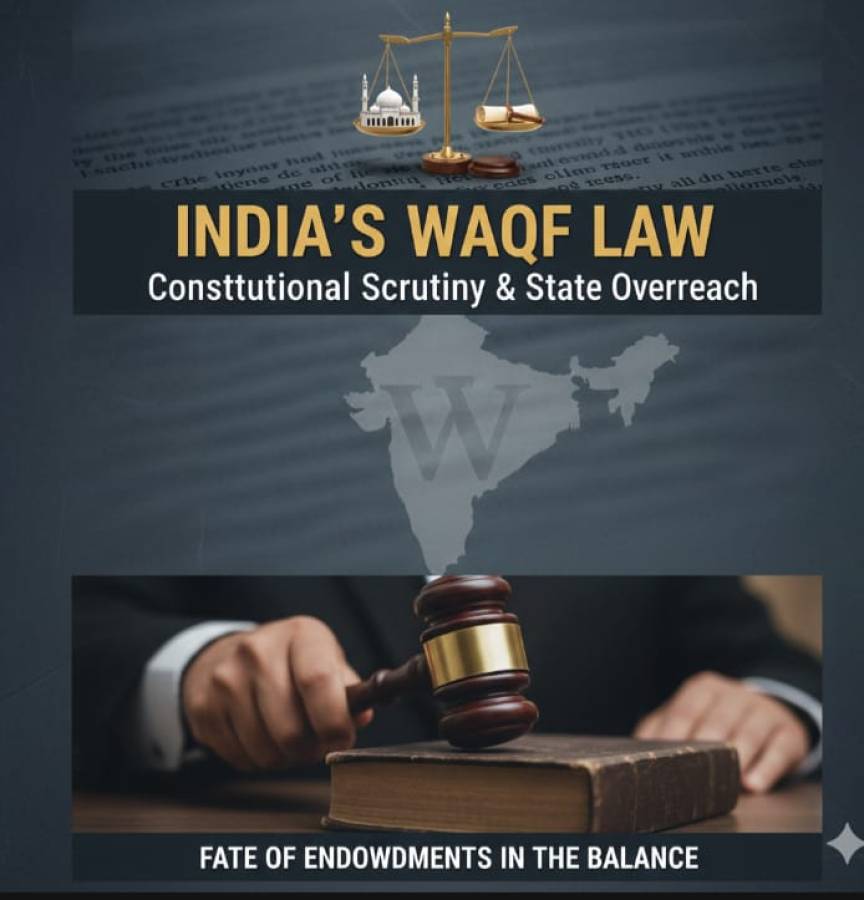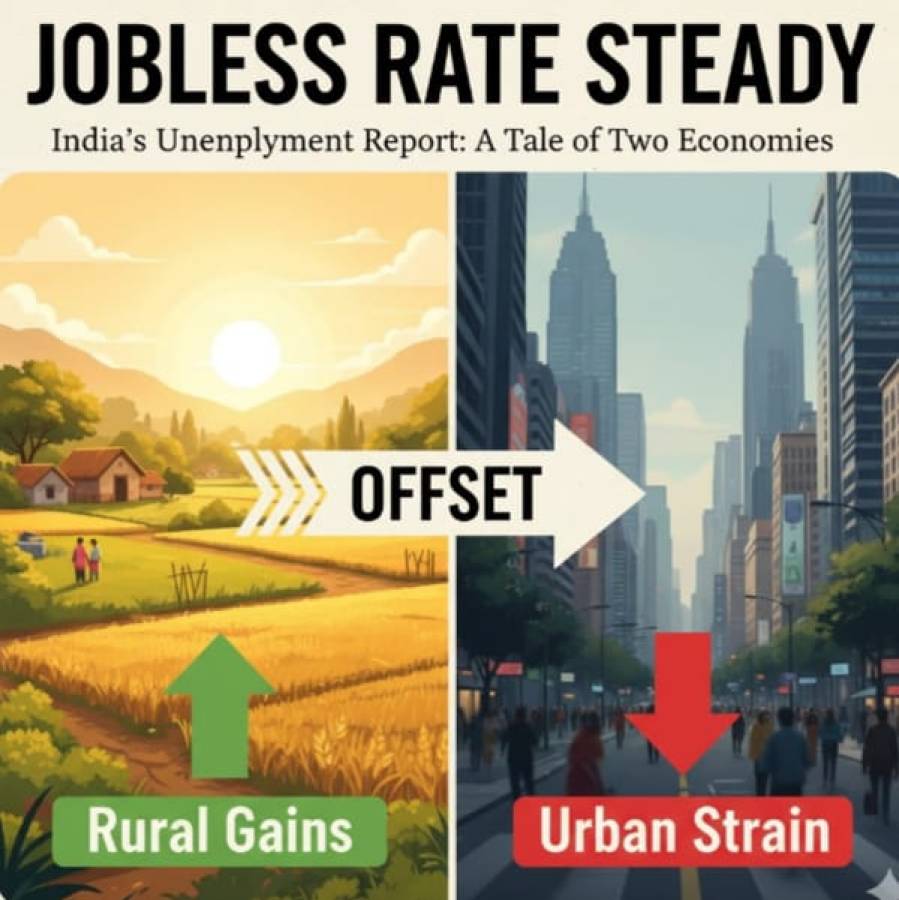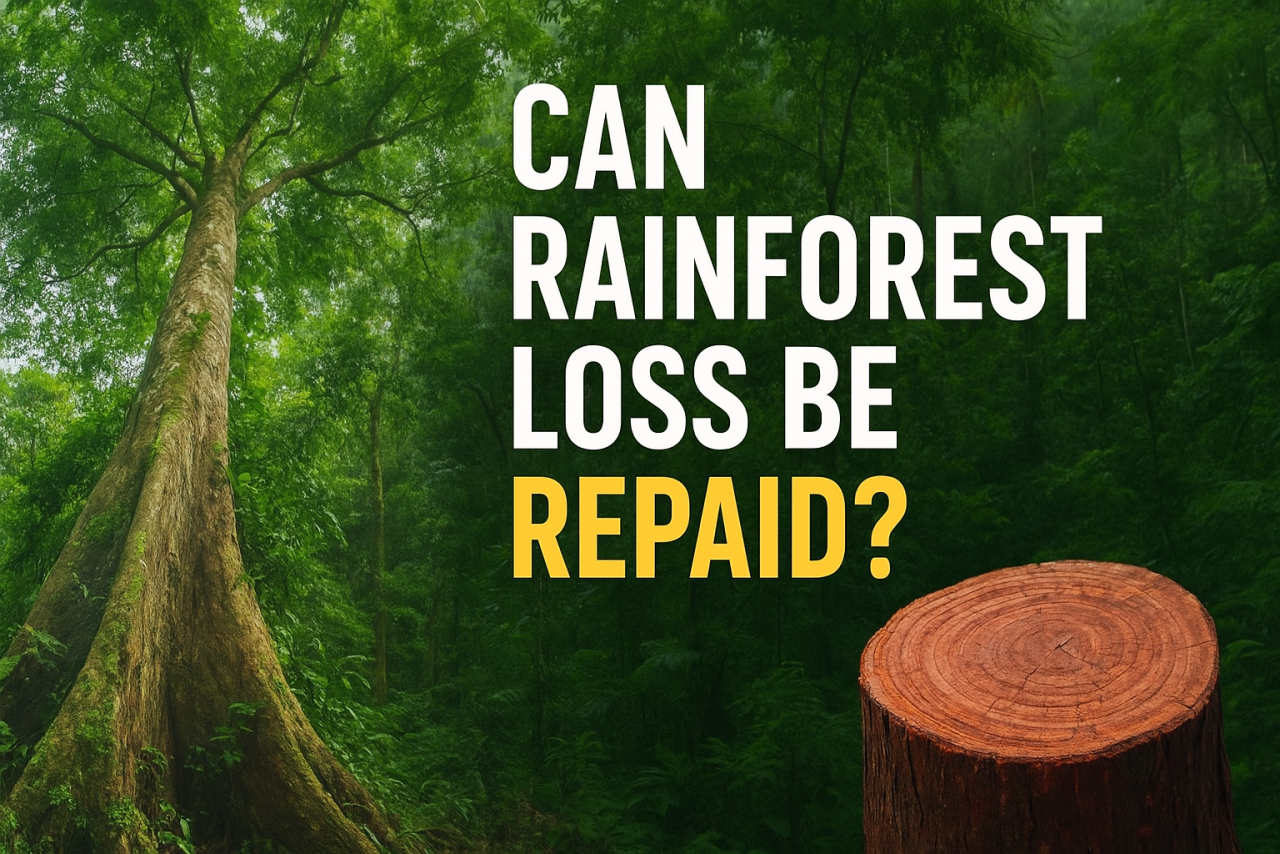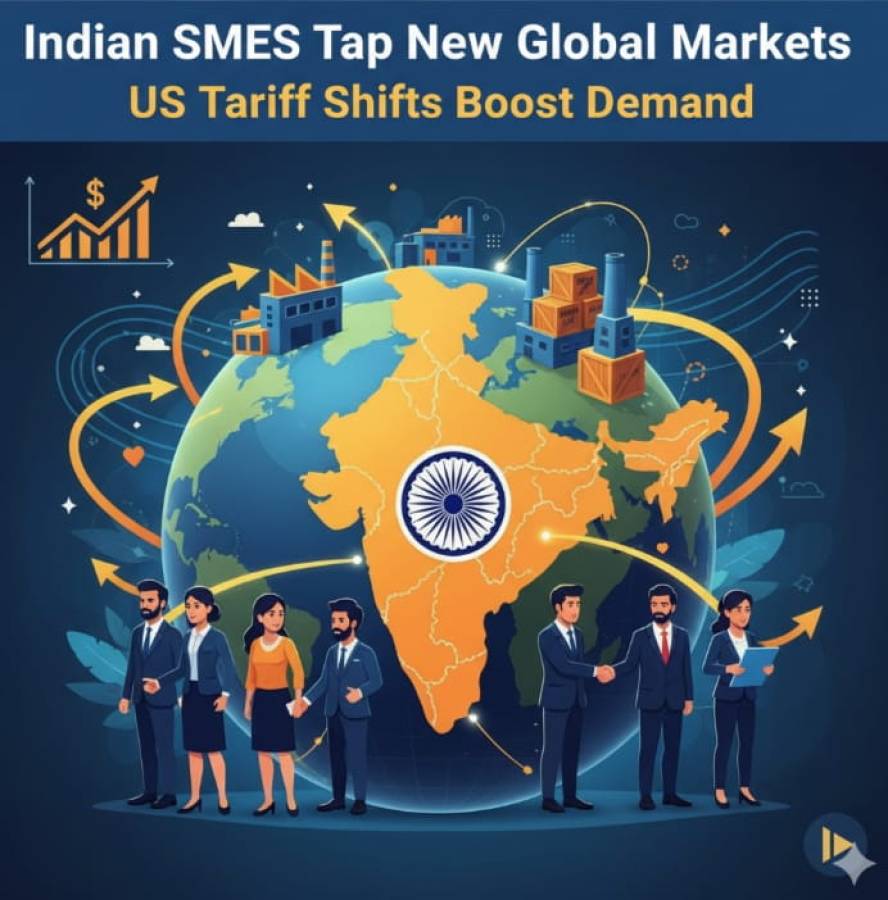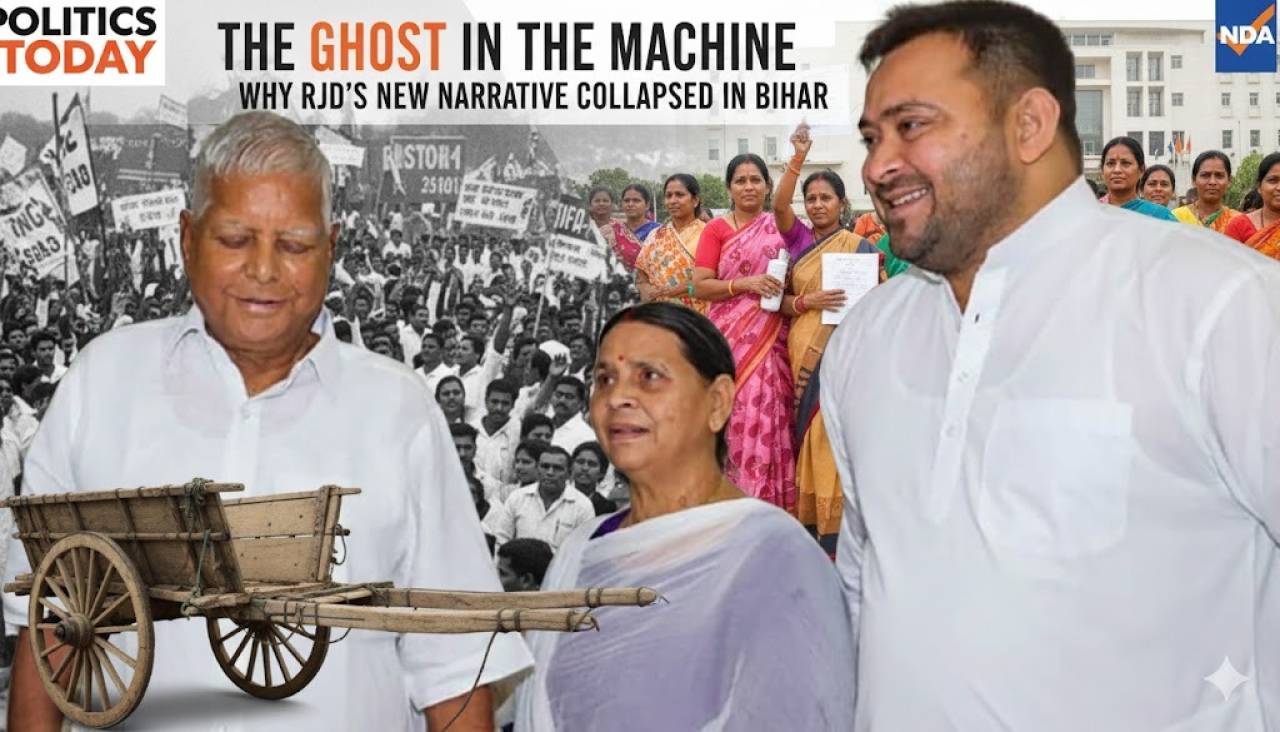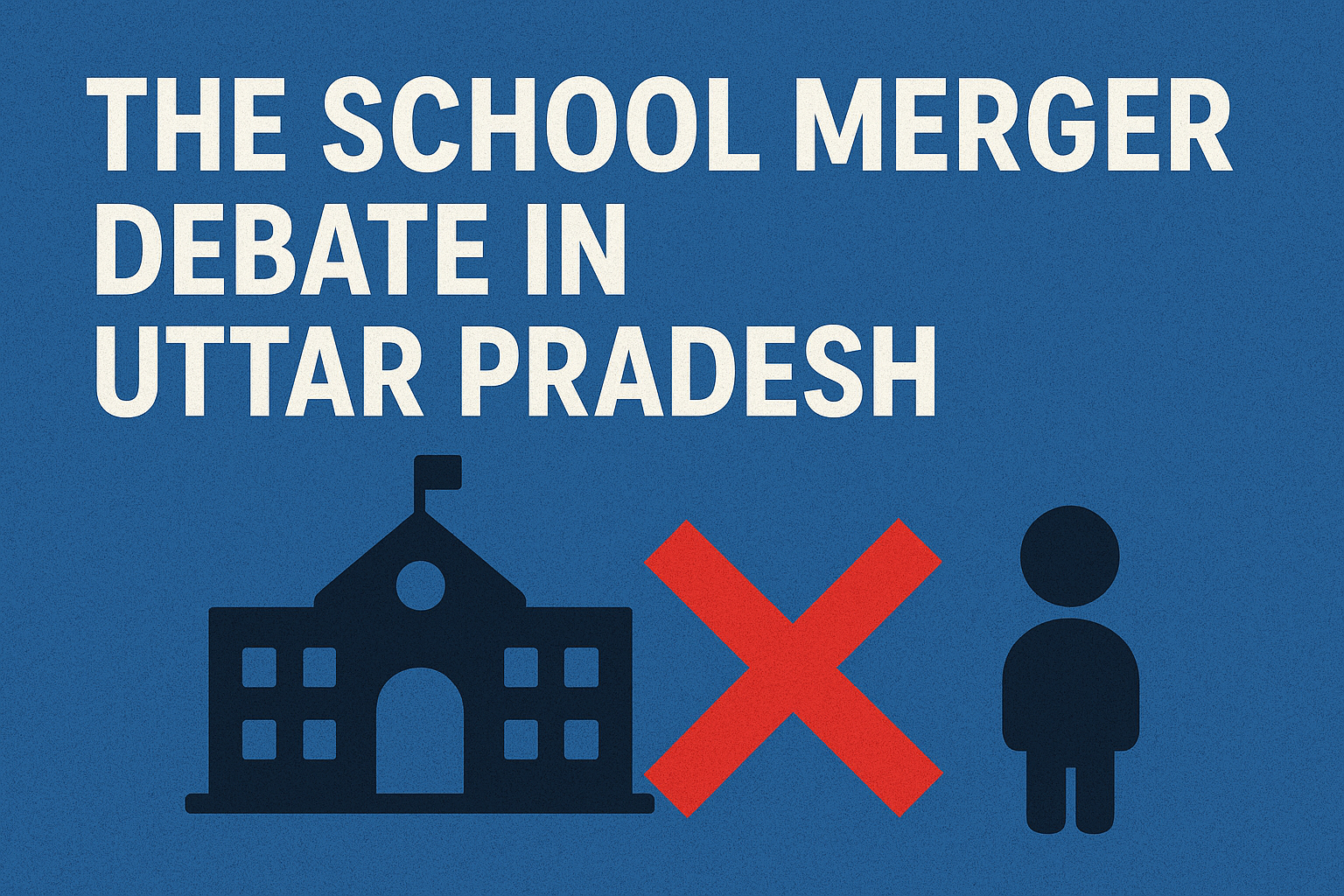
Education is often described as the backbone of any society. In a state like Uttar Pradesh, where nearly two crore children depend on government schools, every policy decision becomes a matter of deep concern. The recent plan to merge over 10,000 schools with fewer than 50 students into nearby institutions has sparked a storm of debate. While the government calls it a reform aimed at efficiency and quality, critics see it as a step that could deprive marginalized communities of access and voice in the education system.
The Question of Access
At the heart of this issue is the question of access. Uttar Pradesh has about 1.4 lakh government primary and upper primary schools, and over 29,000 of them have fewer than 50 students enrolled. Many of these schools are located in rural and remote areas. They may have few students, but they provide education within walking distance for children who cannot afford private schooling or long travel.
Merging them with larger institutions may look good on paper, but it risks forcing children to travel 2 to 5 kilometers daily. For a child in a village, especially a girl, the distance to school often decides whether she will continue studying or drop out altogether. A recent survey in Mathura found that 35 percent of primary schools—551 out of 1,536—have fewer than 50 students, and many families fear their children may be pushed out if these schools are merged. When the state talks about efficiency, it must also consider these ground realities.
The Government’s Case
The government argues that merging schools will help pool resources. At present, 89,000 teachers are posted in low-enrolment schools, often handling multi-grade classrooms. By concentrating them in fewer institutions, the state says it can ensure better teaching quality and infrastructure. This argument is not without merit. Many of these small schools lack even basic facilities such as toilets, electricity, or enough teachers.
Bringing students together in a better-equipped building could indeed improve the learning environment. It could also reduce administrative costs and strengthen teacher accountability. However, this improvement will only be real if the state ensures reliable transport, safe commuting, and equal access for every child. Without such measures, the merger could become an obstacle rather than a solution.
The Political and Social Debate
Another layer to the debate is political. Opposition parties have accused the government of weakening public education instead of strengthening it. They argue that closing or merging schools amounts to reducing the presence of the state in rural education. Between 2019 and 2024, nearly 15,000 schools in UP were already merged or closed, and about 10,784 schools were paired with larger institutions. Critics fear this trend signals a slow retreat from the responsibility of providing universal education.
This fear is tied to a larger worry that public schools, already struggling, may be neglected further. Uttar Pradesh spends about ₹9,167 per student, much lower than the national average of ₹12,768. The state also has a poor teacher-student ratio of 1:39, compared to the national average of 1:23. In this context, any move that reduces local schools looks like a withdrawal of support from children in marginalized and minority communities.
Lawful, But Is It Fair?
The courts have already examined the matter and allowed the policy to go forward, stating that there is no violation of rights. The Allahabad High Court said the legislation allows flexibility and that no school is being permanently shut. But the legality of a decision is not the same as its fairness or effectiveness. A policy can be constitutional and still fail in practice if it does not address the real needs of people. For many families in remote villages, a “merger” may still feel like a closure if the new school is too far away.
The Larger Challenge
What makes this issue particularly sensitive is the history of education in Uttar Pradesh. The state has long struggled with poor learning outcomes, high dropout rates, and unequal access. Recent government data shows enrolment in government schools dropped from 1.92 crore students in 2022–23 to just over 1 crore in 2024–25, largely because of migration to private schools. Any new policy is therefore judged by whether it can reverse this decline or worsen it.
The coming weeks will reveal how the process unfolds. Will transport and safety arrangements be put in place? Will children from disadvantaged backgrounds actually benefit from better facilities, or will they quietly drop out because of distance? These are questions that cannot be answered by government press releases alone. They require close attention from teachers, parents, civil society, and the media.
In the end, the debate over school mergers is not just about numbers or efficiency. It is about the vision of education in a state that is home to the largest population in India. If the goal is to strengthen public education, then every child’s access must remain the guiding principle. Uttar Pradesh has an opportunity to reform, but whether it will rise to that challenge depends on how carefully and inclusively this policy is carried out.


